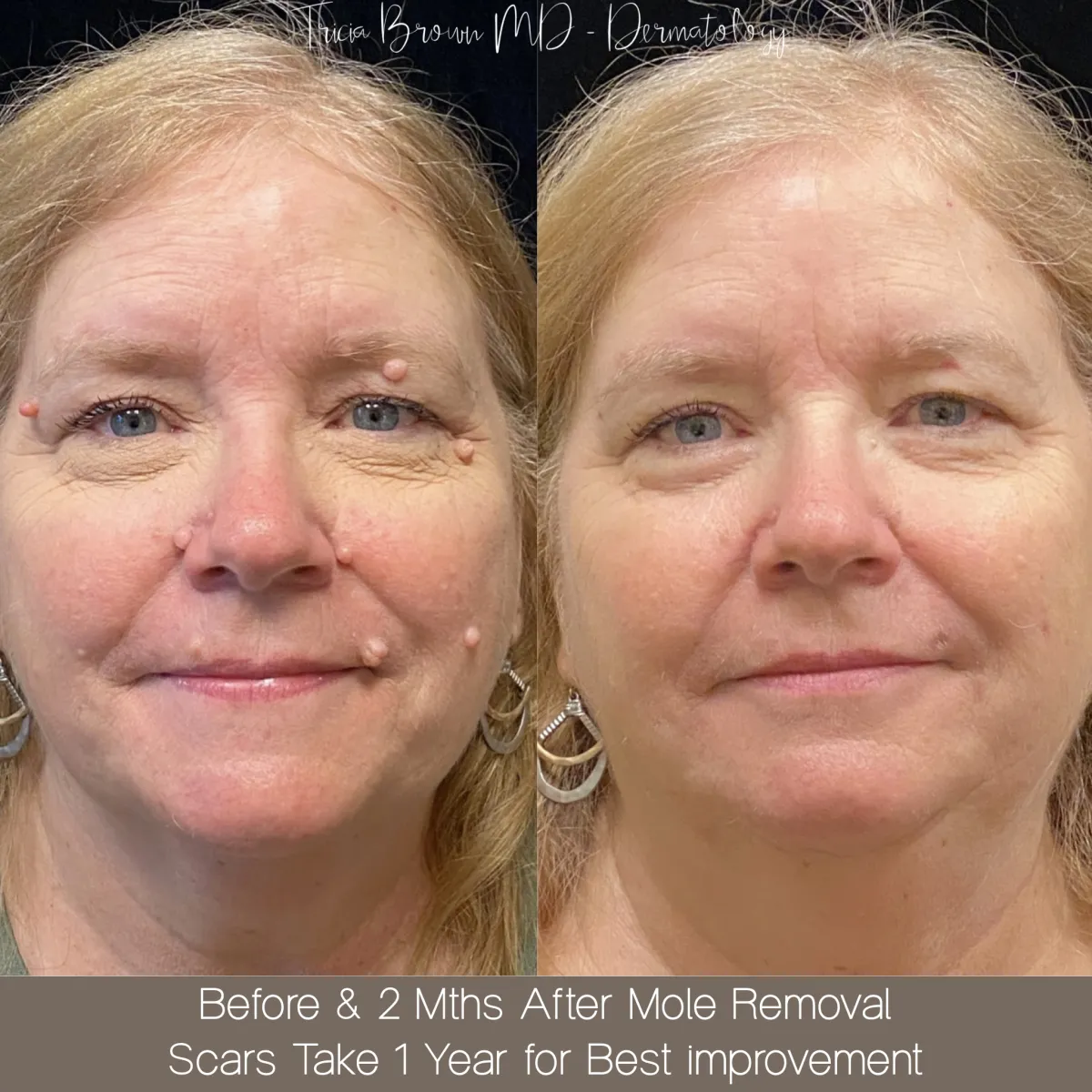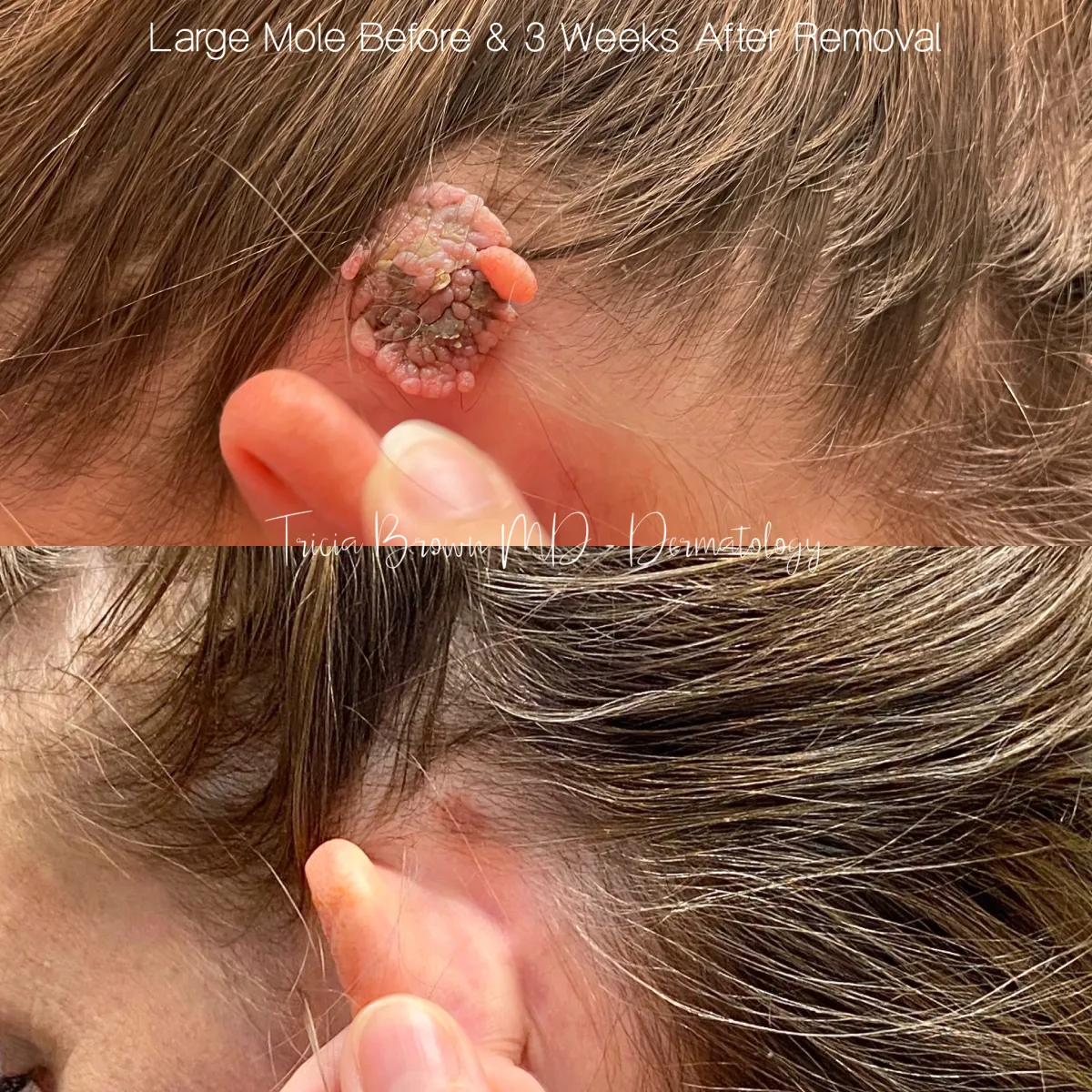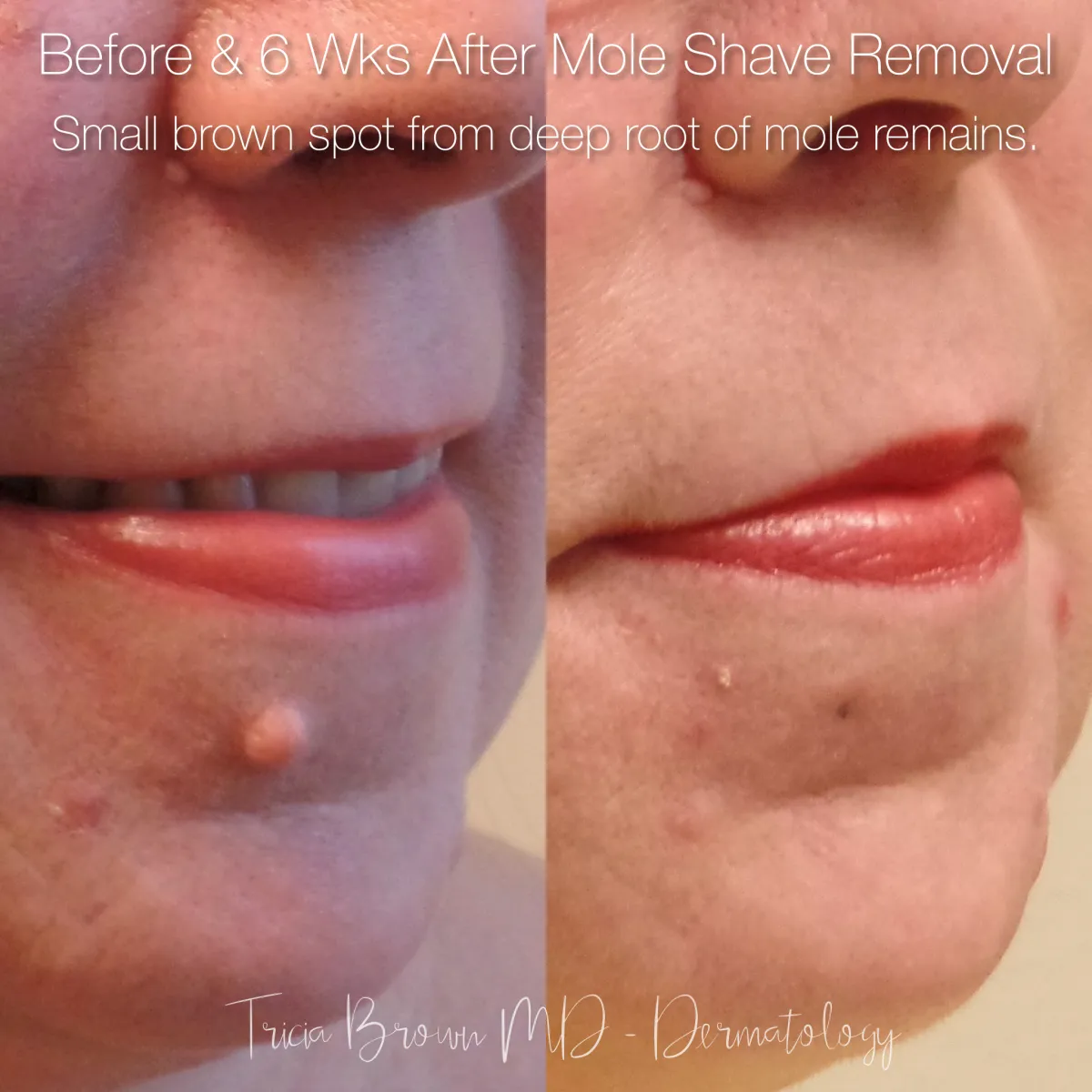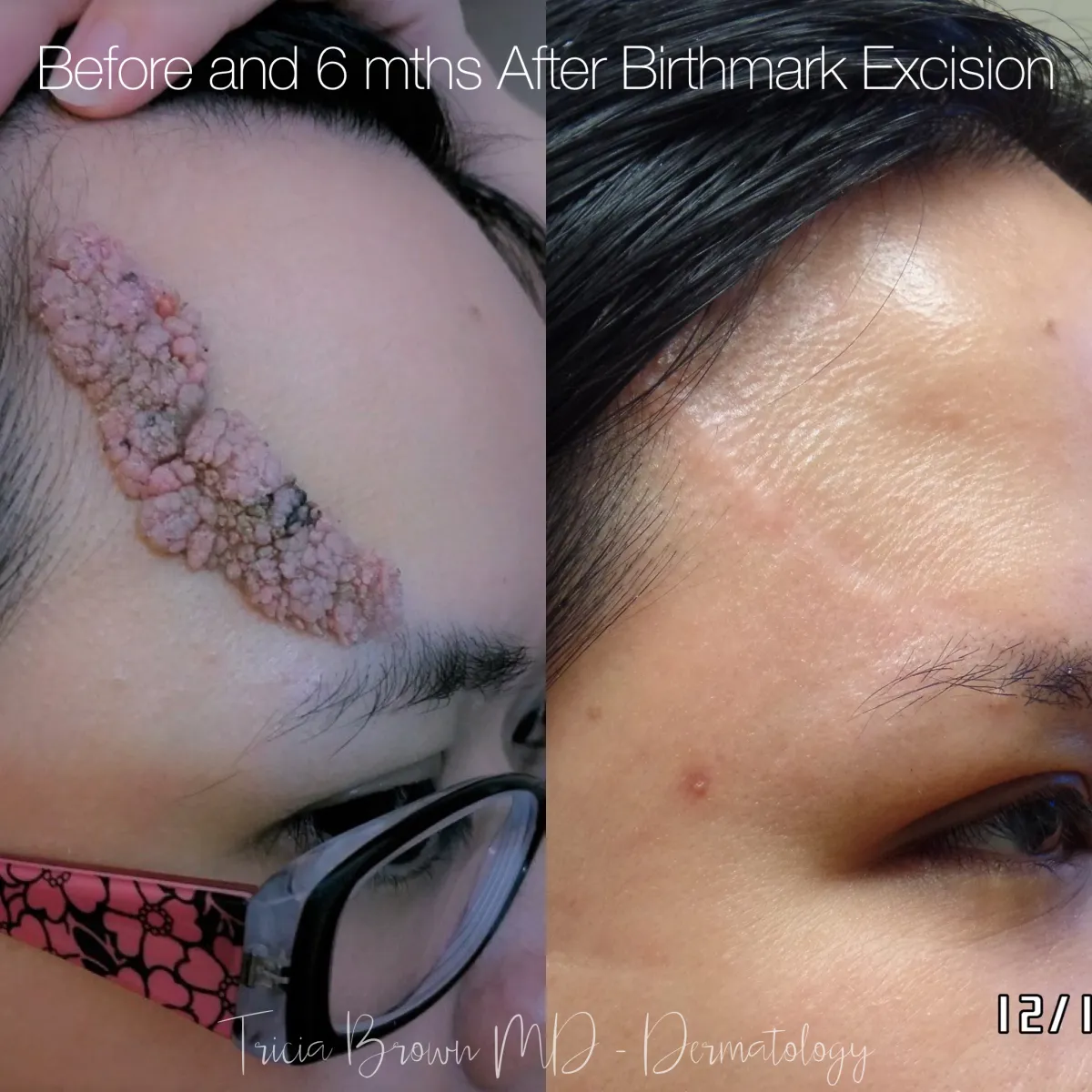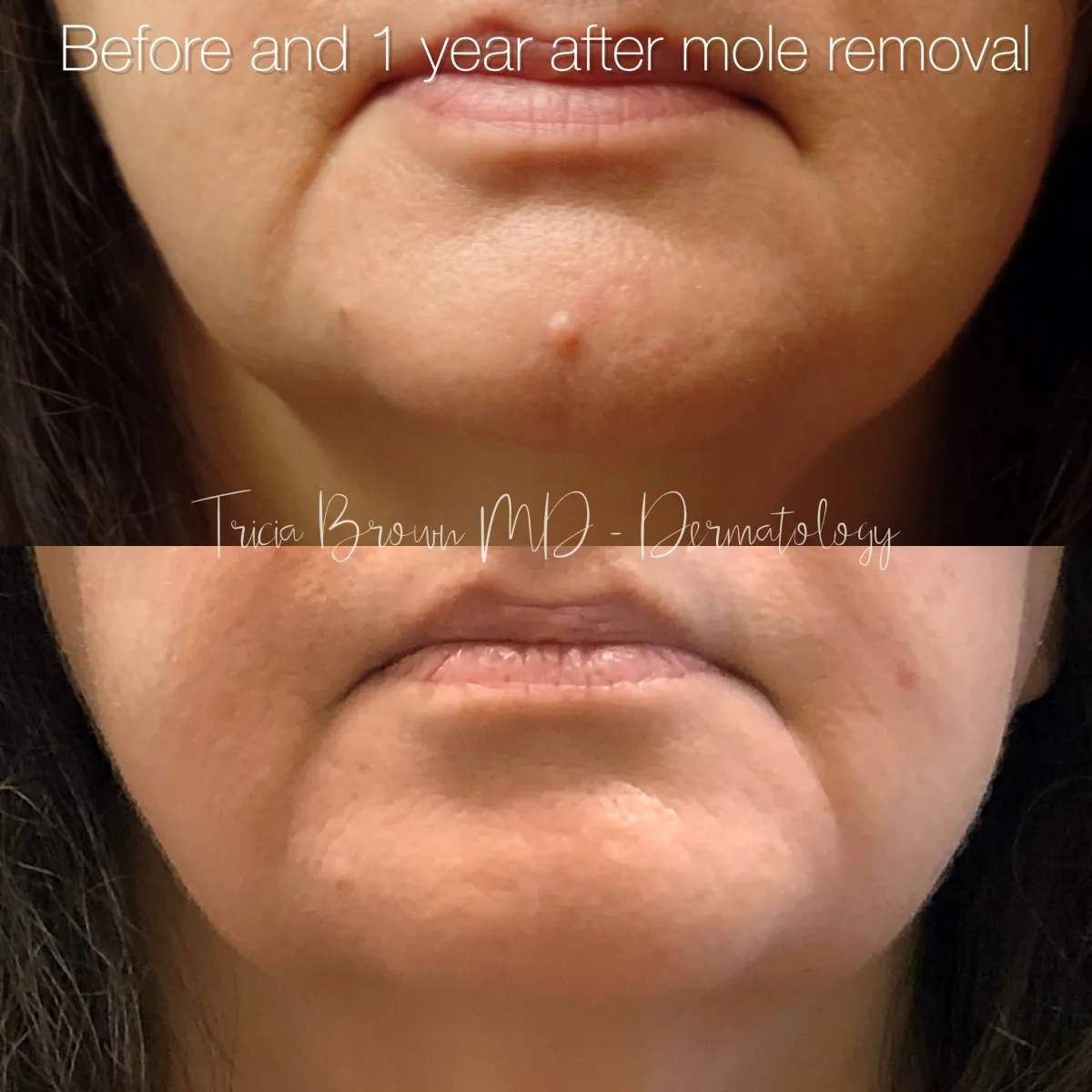Moles - Cosmetic Removal
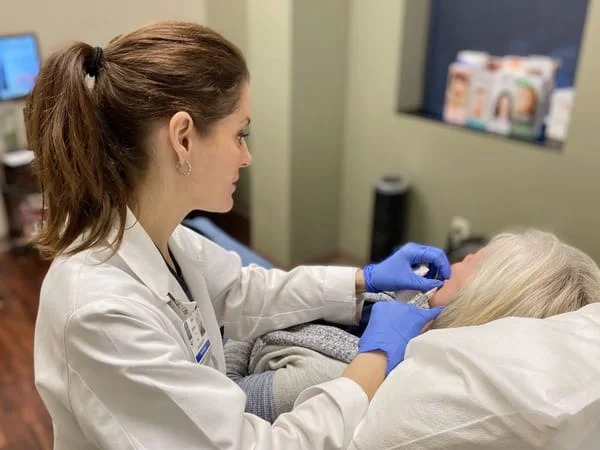
With Dr. Brown's experience and skill, she can advise you on the best options for a pleasing cosmetic outcome. It is extremely important to choose your specialist carefully, as an unskilled or improper removal can result in an unsightly, permanent scar. Because these lesions are benign, insurance typically does not cover the cost of removal. However, we try to keep our prices reasonable and affordable for patients. Dr. Brown can evaluate any unwanted lesions at your next office visit and give you an immediate estimate. Depending on the size of the mole, she often tries to perform the procedure right on the spot to save you the hassle and extra time of a return visit.
Most moles can be removed in one of three ways:
- Shave Removal - This is the best option for small moles or those that primarily stick out. After numbing injections, a special blade is used to shave the mole flat with the skin. Sometimes, the deeper roots of the mole may regrow later as a brown spot or recurrent mole. If this occurs, further removal can be done, if desired.
- Punch Excision - This option is preferred for deeper but regular-sized moles that need more extensive removal. After numbing injections, Dr. Brown uses a device that resembles a small cookie cutter to remove a perfectly round circle of skin. This method requires several small sutures to close the wound, and exercise/activity of the biopsy area will be limited for the following two weeks.
- Surgical Excision - This option is optimal for larger and deeper moles that require more involved removal with a scalpel and sutures. Dr. Brown performs surgeries in her office with local numbing injections and then closes the area with a line of sutures. Exercise and activities of the surgical area will be limited for two weeks thereafter.

